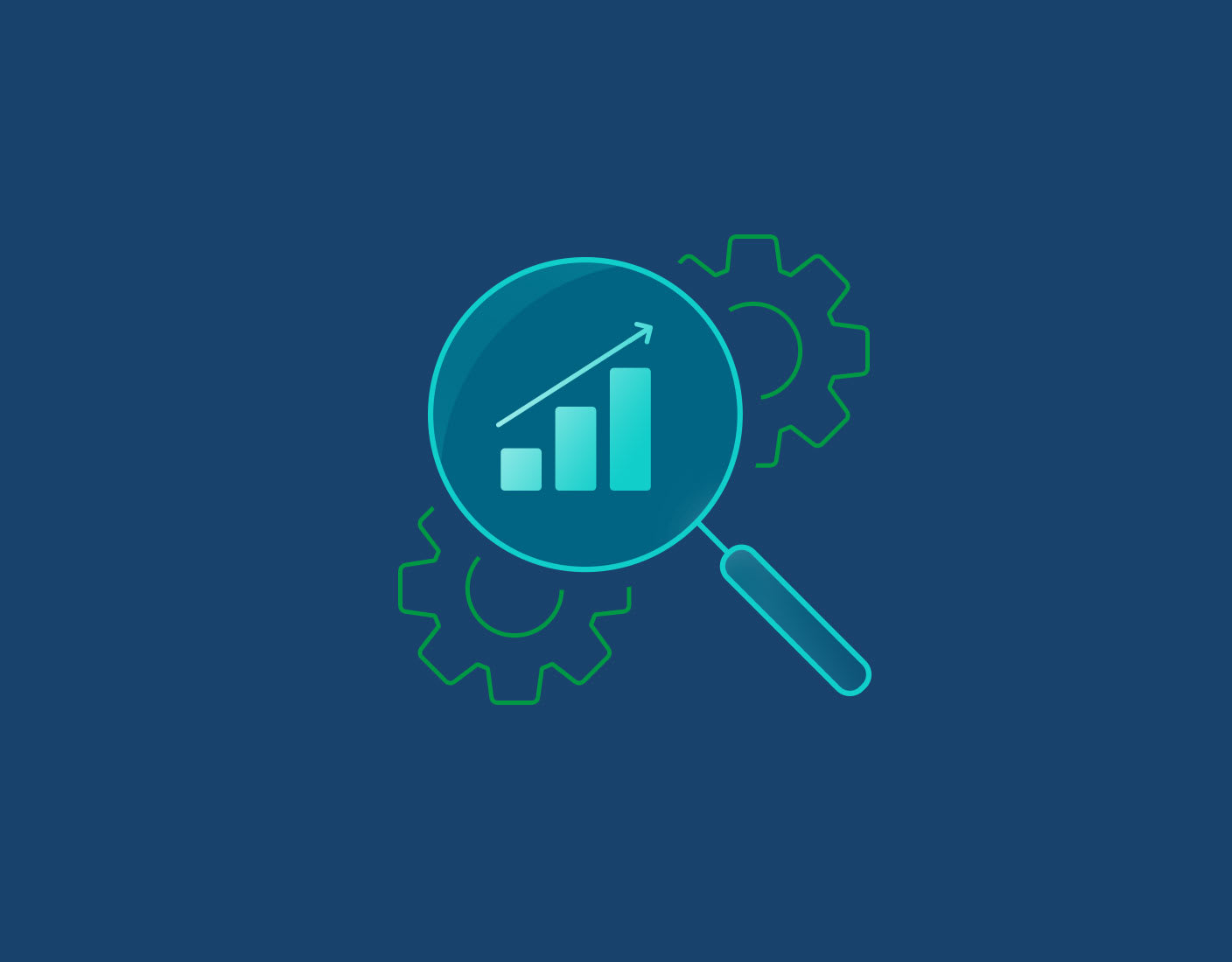Best Practices for Carrying Out a Successful SAP HANA Migration
Moving to a new technology always involves costs—for additional hardware, software, maintenance, and training. And one of the main challenges enterprises face in SAP HANA migration is ensuring that the costs of adopting, maintaining, and using the new technology don't outweigh the benefits. In order to facilitate a smooth transition, minimize expenditures required for SAP HANA migration, and maximize the value of your investment, here are a few best practices to keep in mind:
Try to reduce data volume and optimize your existing SAP landscape by eliminating unnecessary data objects from your SAP data warehouse.
Assemble cross-functional teams for your SAP HANA migration project and assess your technical and architectural readiness.
Find systems integrator or cloud provider partners that can help you leverage your existing hardware and infrastructure and/or cloud platforms.
Test intelligently and efficiently by identifying, copying, and refreshing only the data subsets you need to build an effective SAP test environment.
















































